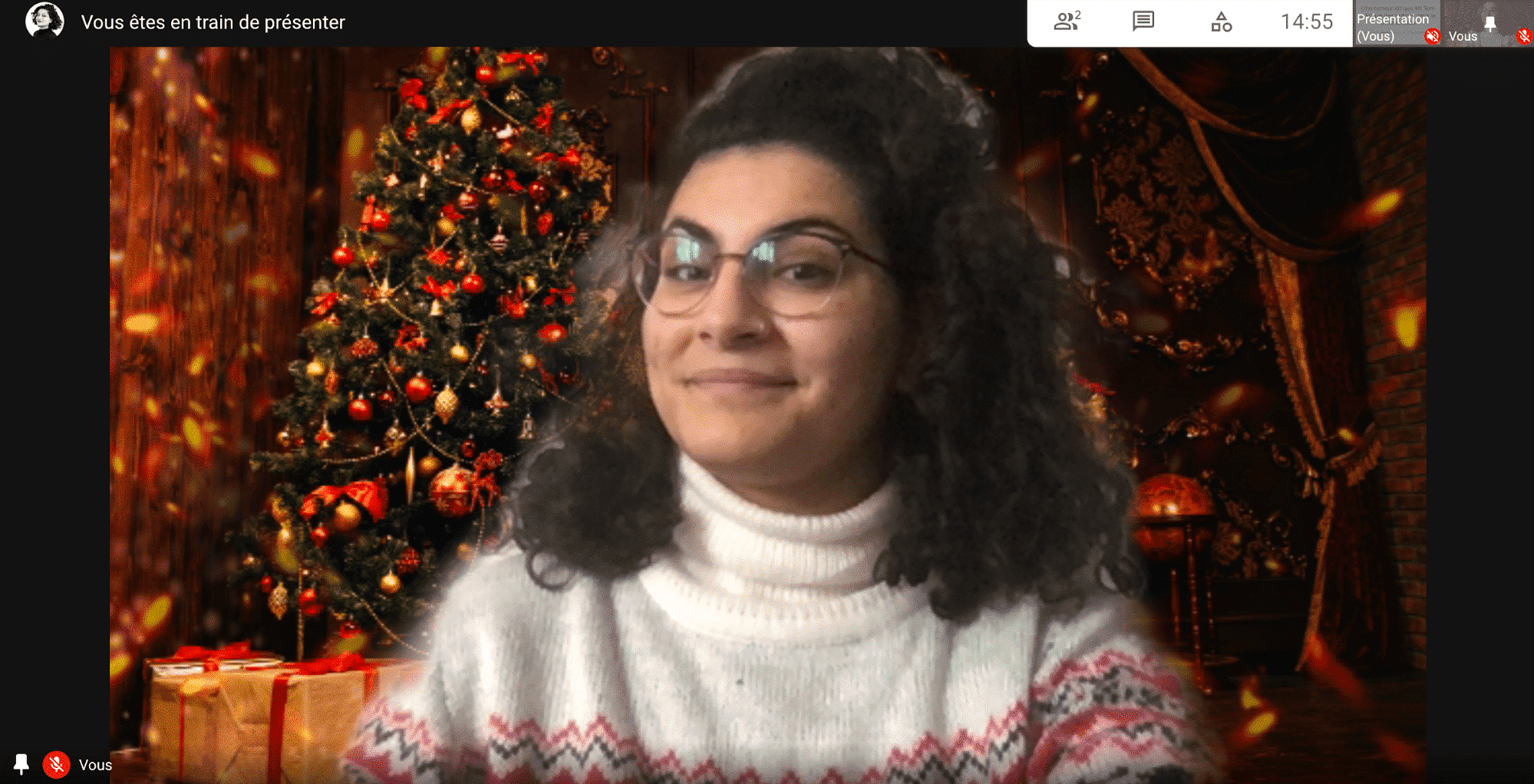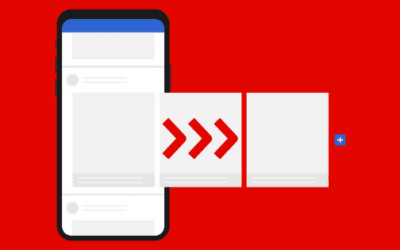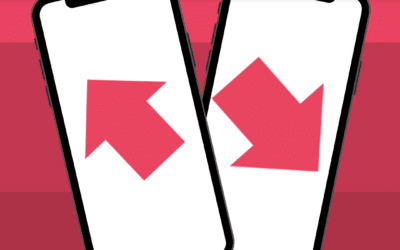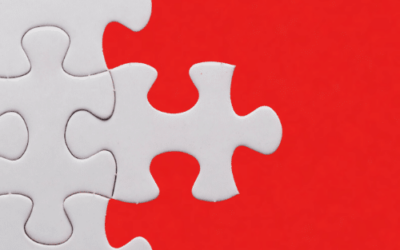Have you ever tried the surprise effect in training? It’s a wonderful way of improving knowledge retention. To consolidate learning, it is important to keep learners in suspense and to keep them active. By creating surprise, you encourage them to be active and to embrace the concept(s).
Surprise!?
There’s no surprise then if we begin this article with a definition of the concept of surprise: “To be struck with a feeling of unexpectedness” (Source: Larousse). As you can tell from the definition, surprise is more linked to the effects it produces than to the act itself. Surprise is an emotion. To be more specific, surprise is one of the 6 primary and universal emotions, which include happiness, fear, sadness, anger and disgust (Paul Ekman). Like all of these emotions, surprise is fleeting and possesses an infinite number of subtleties. Therefore, within the scope of surprise we find astonishment, amazement, stupefaction, impatience and so on. A whole host of tools which can be used in the learning process.

Surprise and teaching
Surprise therefore has a role to play in teaching but how and why? The answer is fairly straightforward. Surprise upends what learners believe and helps them to make discoveries; giving strong opportunities for independent learning. Socrates and Aristotle thought that, “surprise combined with astonishment is the beginning of knowledge”. This effect brings about questioning and reappraisal, both things which give fresh momentum to curiosity and therefore learner engagement. It will also enable greater memorization — faced with the surprise effect, learners will have to use all their senses and all their concentration to analyze the surprise component. Doubt therefore triggers a cognitive process which helps memorization.
E.g.: “I’ll never forget my seventh grade French teacher. He invented dictation exercises on the fly with us students as the main characters. I remember how excited and impatient I was to find out who would be in the story and what adventures he’d send them on. He taught me to love the beautiful French language, despite its complications. He also taught me a love of humor and self-mockery”. Fabienne, Support heroine.
→ By including students in the story, the teacher created surprise, remotivated students and enabled maximum memory anchoring.
How to create surprise?
There are 3 types of surprise:
- gifts: look, you’re receiving something → mainly content oriented
- expérience: experience this special moment with us → mainly content oriented
- message: you share some memorable information → mainly signifier oriented
Opt for surprise which incorporates all three components.
E.g.: A colleague says that one of her most memorable moments in training happened quite recently. She did a course lasting a few days on management and feedback. The course enabled her to understand what good feedback is, why it is essential in management and how constructive feedback can help colleagues. On the last day, the trainer handed an envelope to each learner. The envelope contained a hand-written message from their direct manager. Each of the participants’ managers had been asked to write feedback about the learner’s work. There was no lack of surprise and emotion when the participants took some time alone to discover what was written and to recontextualize the aim of the course, when they most definitely were not expecting it.
→ The envelope and the message within represented a gift; the infrequence of this type of moment led to a powerful experience, while the content of the message gave full meaning to the course.
In short, by turning surprise into a cornerstone of your activities, you will be able to capture attention, revive interest and engagement and create memory anchoring opportunities.
Moments in which to surprise
Surprise participants during the discovery or conclusion phase of a training session
Remember, surprise opposes the concept of comfort and security. Yet, it is essential for gaining learners’ trust in order for them to calmly absorb new information. So, these moments must come at certain stages of the learning session, such as the introduction or conclusion.
Opt for the discovery phase to create surprise and a “wow effect”, or to deconstruct an idea — an impressive presentation ritual, a surprising fact about a concept, an unknown fact — anything that can kindle curiosity and challenge learners. In Freinet pedagogy for example, discovery is a specific moment in learning which allows trial and error.
Another option is during the conclusion phase. The concept has at this point been learned and you may wish to:
- demonstrate the limits of the concept or an exception
- test it out under real conditions
- go further
Surprise is a good lever for this and it will enable you to deeply ingrain the concept, specifically by shifting from the learning stage about ‘the norm’ to the stage about managing ‘exceptions’.
A concrete example: NASA trainers show the movie Armageddon to their future recruits so they can see all the incoherencies in the movie. To date, the best applicant found 168 errors in a 2-hour thirty movie. Not bad huh?
A surprising experience to create loyalty and a sense of belonging
Routine can be extremely important for creating common places and shared experiences. The summer, Halloween and Christmas vacations come around each year. Use existing conventions to think outside the box. In the same way as you might choose a background for your training course in a web conference, provide a surprising graphic universe for your mobile courses too, to mark a holiday or an important company event.

Of course, you can go even further by proposing specific activities on your application — advent calendars using microlearning, escape games, treasure hunts, brain-teasers and so on.
E.g.: “Yusuke Imai and Ayami Moteki, nameless paints”. Have you ever heard of nameless paint? Artists Yusuke Imai and Ayami Moteki from the Uma Moteki studio created a paint set without color labels, which is thought to broaden creativity, but it also and more importantly helps us to learn the composition of secondary and tertiary colors. You will no doubt agree that this is a surprising way to learn!
A product launch worthy of a blockbuster
Need to initiate a change which will be difficult for learners? Need to train people on a subject that isn’t particularly ‘sexy’? Need to train learners on a tool, a practice or a new process? If you can’t attract them based on the substance, focus on the form. Just like the BPCE Group and their cybersecurity Escape Game, thanks to the application, you will be able to gamify complex subjects and make concepts which may seem unclear or overly dense, more memorable.
Example 1 :
Example 2: One of our customers told us that during the roll out of the new competency dictionary in his company, they grappled with the challenge of training 200 HR managers in the new skills. He therefore opted for the surprise effect. The one-day seminar transformed into a playground where each workshop enabled participants to learn components of these skills through gamified pedagogy with “Guess who?” or “snakes and ladders” games of objections.
→ This surprising day demystified the project and helped participants learn key concepts while having fun.

D’abord éditrice de manuels scolaires, professeure et coordinatrice pédagogique à l’Université, Julia a rejoint l’équipe Learning Experience chez Teach on Mars pour apporter ses compétences en pédagogie. La gamification et la différenciation pédagogique sont notamment ses chevaux de bataille.




